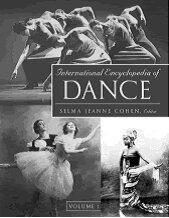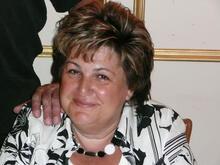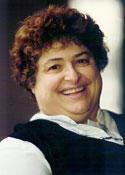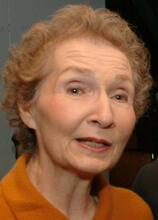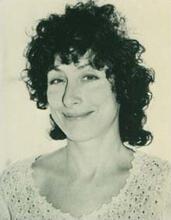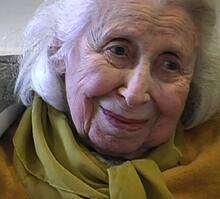Hetty Goldman
Hetty Goldman at an archaeological dig.
Courtesy of Special Collections, Bryn Mawr College Library
Hetty Goldman was born in New York City and originally planned to become a writer after graduating Bryn Mawr College, but she abandoned that profession when she became intrigued with archaeology on a trip to Greece. She earned her PhD from Radcliffe in 1916 and returned again and again to the field in the Mediterranean, focusing on small villages and becoming one of the most preeminent archaeologists of her day. In 1936 she became the first woman professor hired to Princeton’s Institute for Advanced Study. She became emerita in 1957 but continued to publish widely on her work at Tarsus, near Syria, and its implications for the cross-pollination of Mediterranean and Middle-Eastern cultures.
Article
As one of the most distinguished archaeologists of this century, Hetty Goldman was the first woman appointed to direct an archaeological excavation by the Archaeological Institute of America. She was born on December 19, 1881, to a Jewish family in New York City. Her parents were Julius and Sarah (Adler). After graduating from college with a major in English, Hetty Goldman decided to forgo a career in writing because she “had nothing to say.” Instead, she had a great deal to find.
Goldman graduated from Bryn Mawr College in 1903 and received her M.A. in 1910 from Columbia University and PhD in 1916 from Radcliffe College. She excavated a number of sites in Greece and Turkey, including Halae, Colophon, Eutresis, and Tarsus. In her numerous publications, she illuminated the continuity of culture within the Mediterranean between the Semitic and the Greek cultures.
In 1936, Goldman became one of the first professors at the Institute for Advanced Study in Princeton, New Jersey. When she retired twenty years later, her students and colleagues honored her with a festschrift, The Aegean and the Near East. She was also named professor emeritus. In 1966, the Archaeological Institute of America awarded her a gold medal for distinction. At the time of her death on May 5, 1972, she remained the only woman professor at the Institute for Advanced Study.
Selected Works
“The Acropolis at Halae.” Hesperia 9, no. 4 (1940): 381–514.
Excavations at Eutresis in Boeotia. Cambridge, Mass.: Harvard University Press, 1931.
Excavations at Gozlu Kule Tarsus. Princeton: Princeton University Press, 1963.
EJ.
NAW modern.
Obituary. NYTimes, May 6, 1972, 38:4.
Symposium in Memory of Hetty Goldman, Princeton University, May 4th, 1973.
Weinberg, S.S., ed. The Aegean and the Near East (1956).
WWWIA 5.

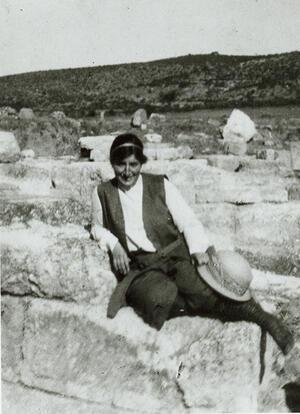
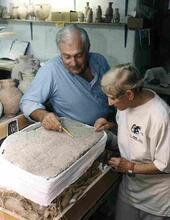
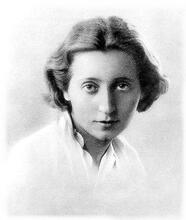
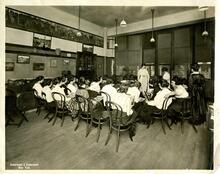
![blue.jpg - still image [media] blue.jpg - still image [media]](/sites/default/files/styles/medium/public/mediaobjects/blue.jpg?itok=RkdKmpf6)
